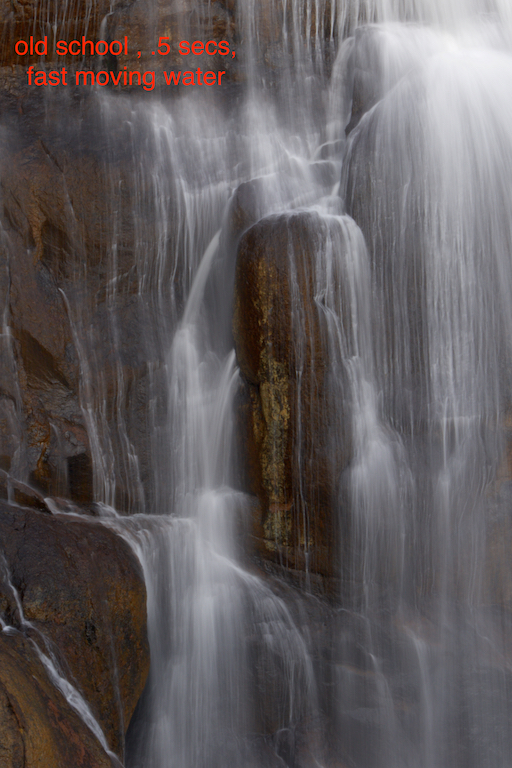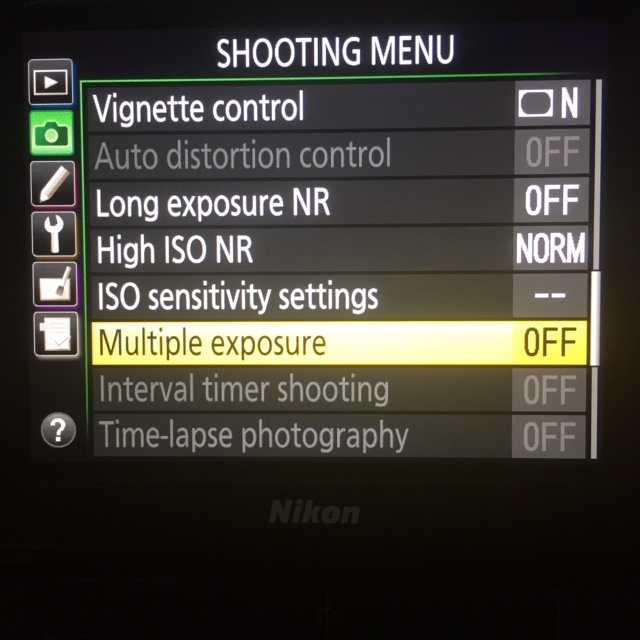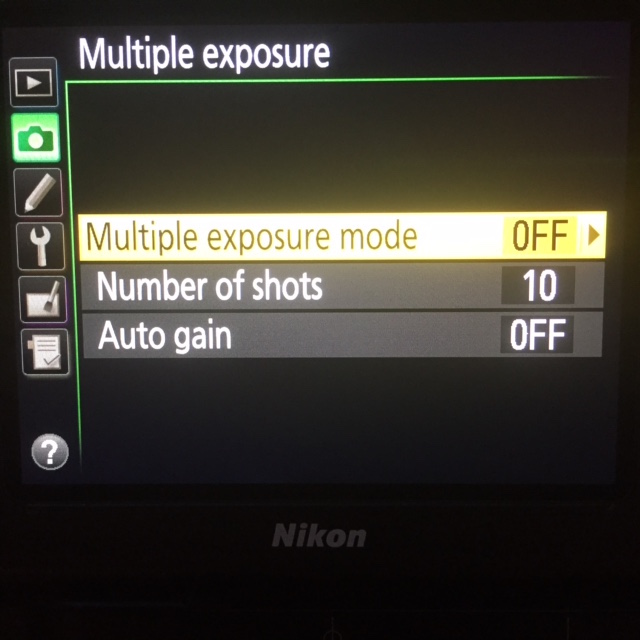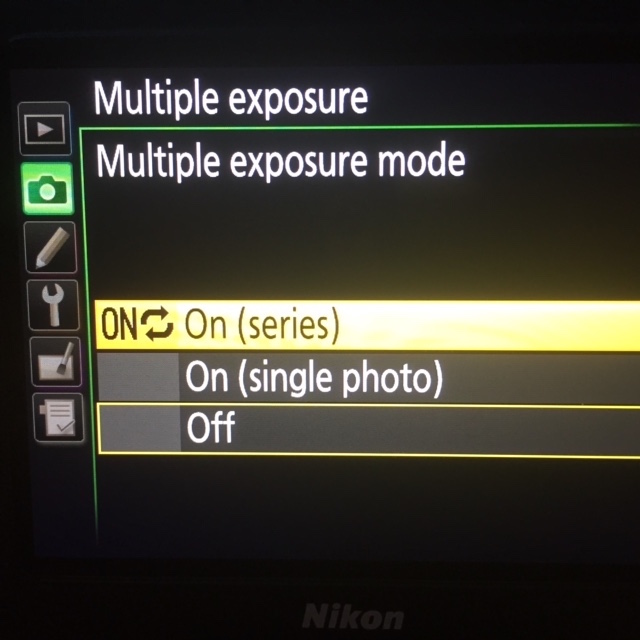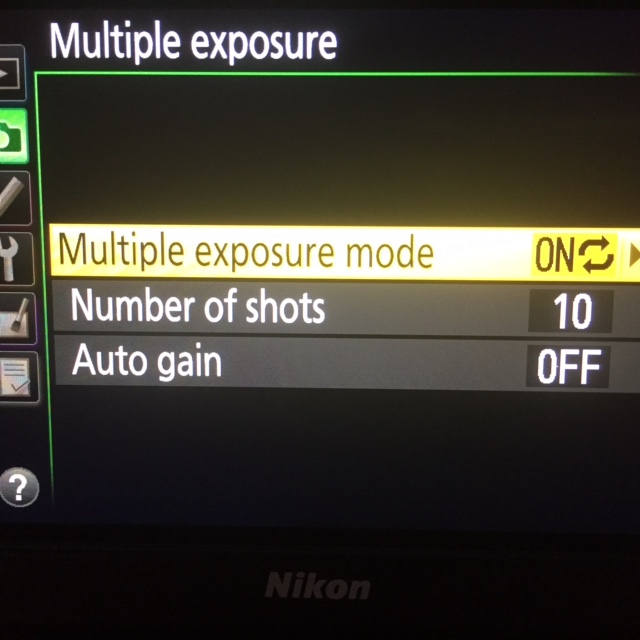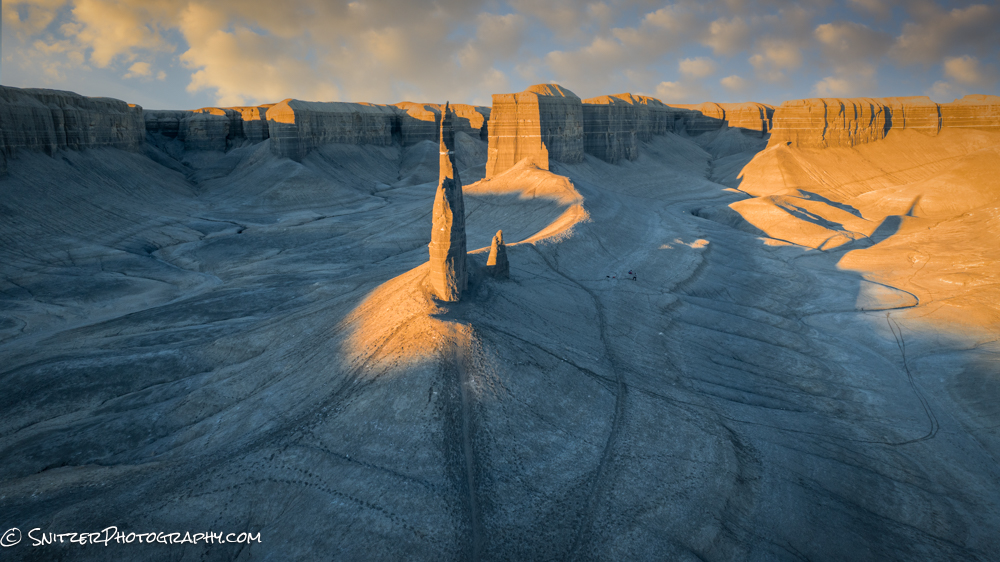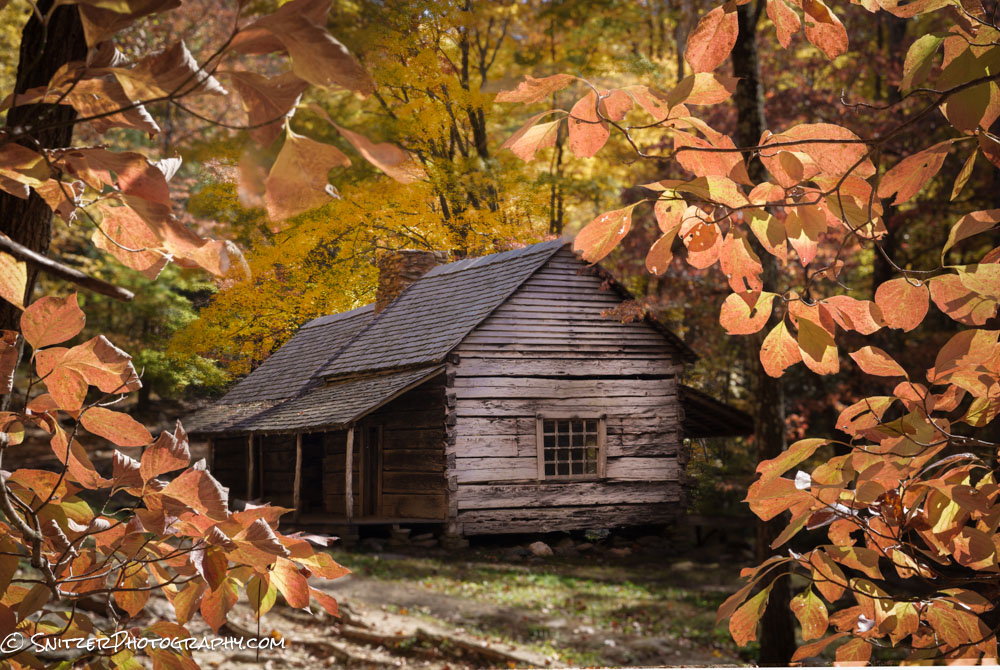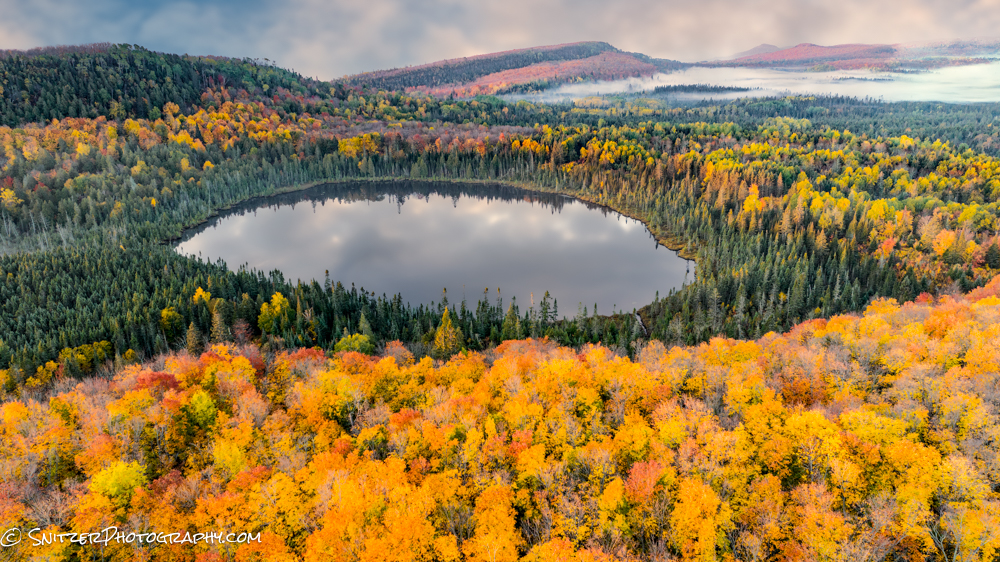Most new SLRs have the ability to create “in camera” multiple exposures. Ergo, that taking multiple shots and stacking one atop of the other in one image file. The image below is an example. Previously the only way to create this effective digitally was to combine imagines outside the camera in a photo editing program (Photoshop for example).
Now it’s easy…your camera does all the work!
We can use this new “in camera technology” to create the illusion of blurred water. Essentially recreating the look of a “long exposure” photograph while providing additional details (shows water droplets frozen in time).
Here’s the workflow to create a multiple exposure photograph.
Step One: Place your camera on a tripod and hook up your remote shutter release. Set your drive mode to high speed.
Step Two: Take a test shot using the camera’s manual mode to determine the correct exposure. You’ll want to select 1/400th as your shutter speed and an aperture of F8 (for good depth of field). Try setting your ISO to 200 and use the light meter to fine adjust ISO as need for proper exposure. Once you get the “right” exposure your ready to activate the camera “multiple exposure”. Nikon example given below.
Step Three: Go into the shooting menu, scroll down and select multiple exposure.
You’ll have the opportunity to activate this mode. Select “On (series)”: The camera will stay in multiple exposure mode until you turn this feature off.
Once you select “on (series), you’ll be directed back to the previous menu. Then Set the number of exposure to 10.
Set the Autogain to off.
Your now going to take 10 photos in rapid succession, with each photo stacked on top of the other in one “in camera” file. To accomplish this your going to take the shutter speed used in your test shot (1/400) and divide by 10 (1/4000). Why? Your taking 10 shots, that’s 10x more light. Each shot therefore needs to let 1/10th of the light in. Trust me on this…try it…it works!
Focus on your subject, lock the focus and full depress the shutter button. Your camera will rapidly fire off 10 shots in rapid succession. Then look at your photo on the camera’s rear screen. Feel free to adjust the aperture up or down as needed to fine tune the exposure.
If your photo has a magenta tint to it, odds are your color space is set incorrectly. Make sure it’s set to AdobeRGB.
Enjoy! Remember to turn off the multiple exposure option when done



